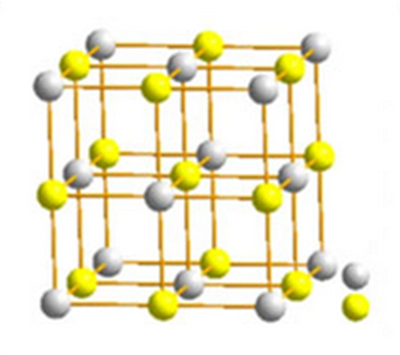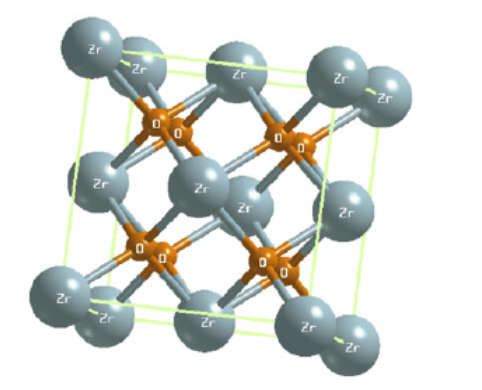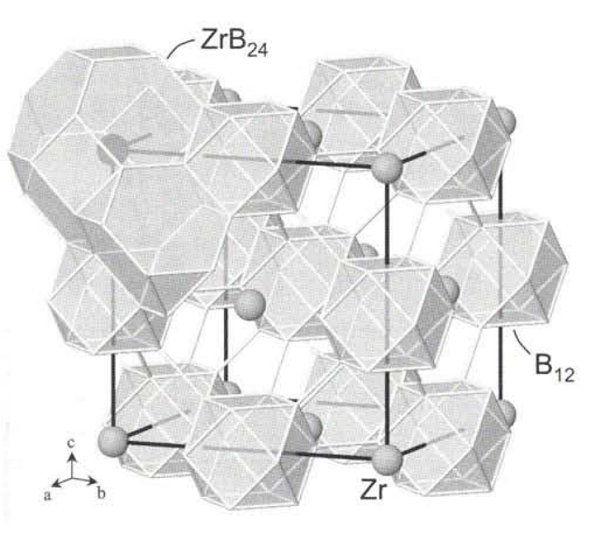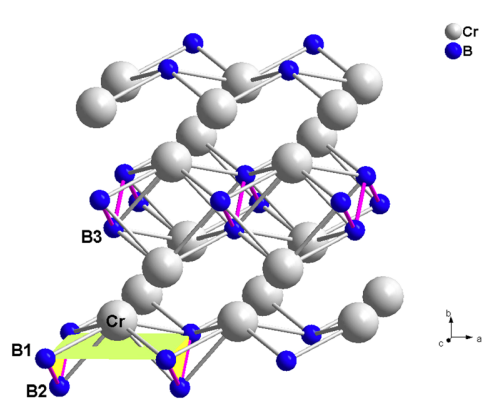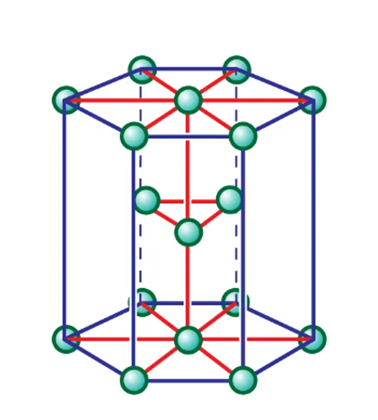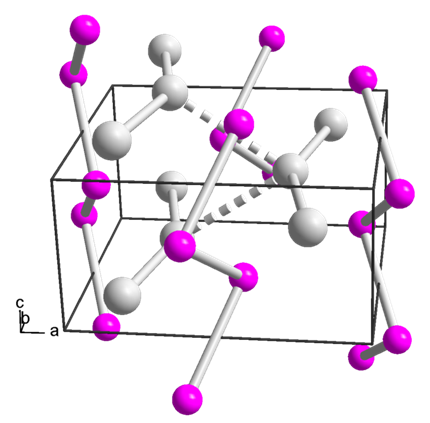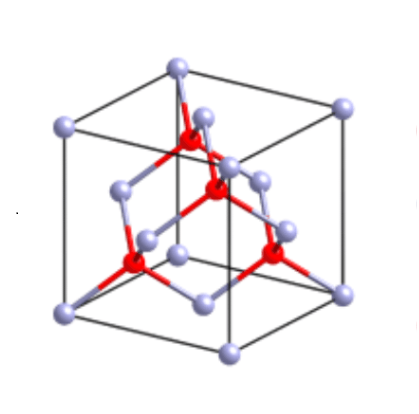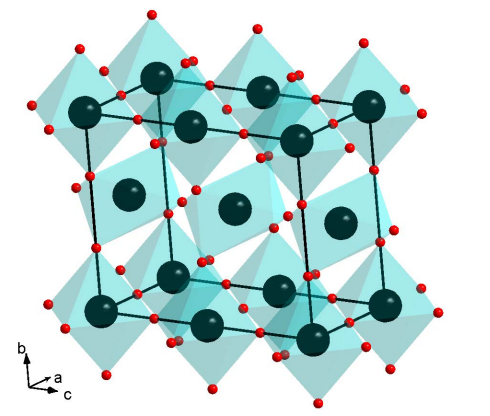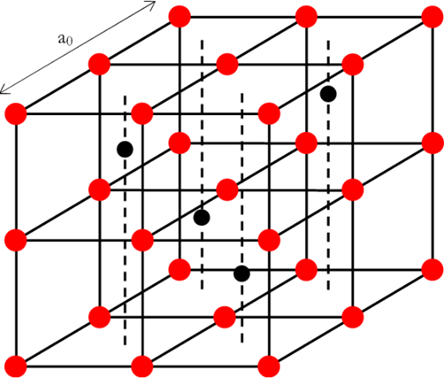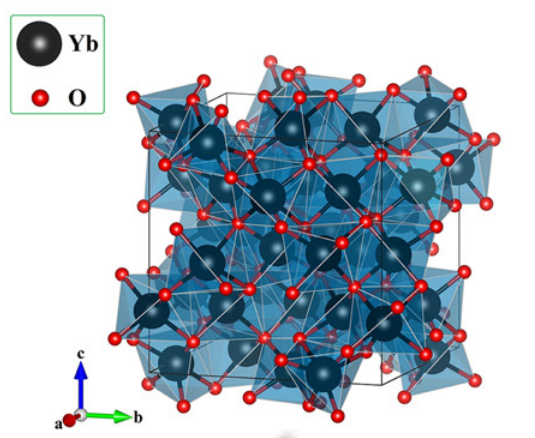Inorganic chemicals is the shortened form of inorganic chemical industry and is an important branch of the chemical industry with natural resources and industrial by-products as raw materials for the production of sulfuric acid, nitric acid, hydrochloric acid, phosphoric acid, soda ash, caustic soda, synthetic ammonia, fertilizer and inorganic salts, etc. This includes sulfuric acid industry, soda industry, the chloro-alkali industry, synthetic ammonia industry, fertilizer industry and mineral industry. Its broad definition also includes the production of inorganic non-metallic materials and fine inorganic product such as ceramics and inorganic pigment. The main raw material of inorganic chemical products are mineral product including sulfur, sodium, phosphorus, potassium and calcium and coal, oil, gas, and air, water and so on. Inorganic chemicals can be traced back to the ancient process of ceramics, alchemy, brewing, dyeing at thousands of years ago. Although with small scale, backward technology and pure manual manipulation, but it is the prototype of inorganic chemicals. For thousands of years, due to the low productivity, it gets slow development. Until the 18th century, it had developed rapidly. In the middle of 18th century, Britain had first applied lead chamber method using saltpeter and sulfur as raw materials to produce sulfuric acid. In 1783, Lu Bulan (France) proposed the soda method using sodium chloride, sulfuric acid, coal as raw materials. In the latter half of the 18th century, the modern chemical industry taking inorganic chemical industry as the main content had began to emerge. In 1841, people began the production of phosphate fertilizer; In 1965 Belgian Solvay realized the industrialization of ammonia soda for production of soda; with the rise of preparing potassium industry in 1870; In 1890, people began to use electrolytic approach for making Cl2 and caustic soda; In 1913, people had achieved the catalytic synthesis
Structure and Applications of Lead Telluride(PbTe)-Based Material
This article will briefly introduce a review, which discussed the strategy of improving the thermoelectric performance of lead telluride(PbTe).
Apr 1,2024 Inorganic chemistryWhat is the crystal structure of Zirconium dioxide?
Zirconium dioxide (ZrO2), also known as zirconia and zirconium oxide, is a white crystalline oxide of zirconium. Its most naturally occurring form, with a monoclinic crystalline structure, is the rare
Apr 1,2024 Inorganic chemistryThe zirconium C boron system: zirconium dodecaboride
Zirconium dodecaboride (ZrB12) is known as a material possessing rather high abrasion properties.
Apr 1,2024 Inorganic chemistryThe Crystal structure of Chromium boride
Chromium borides usually have superior properties such as high chemical stability, melting point, thermal conductivity, hardness and strength, and relatively low thermal expansion
Apr 1,2024 Inorganic chemistryCrystal structure and uses of Niobium boride
Niobium boride is corrosion-resistant to molten Ta while corroded by molten rhenium.
Apr 1,2024 Inorganic chemistryPlatinum silicide(PtSi):Crystal structure,Synthesis,Uses
Platinum silicide is an inorganic compound with the formula PtSi. It is a semiconductor that turns into a superconductor when cooled to 0.8 K.
Apr 1,2024 Inorganic chemistryCrystal structure and Uses of Beryllium nitride
Beryllium nitride is a compound of beryllium and nitrogen, prepared by heating beryllium metal powder with dry nitrogen at high temperatures (1100-1500 ℃).
Mar 29,2024 Inorganic chemistryStructure and Properties of Tantalum Pentoxide
Tantalum pentoxide is disordered, being either amorphous or polycrystalline. It has at least 2 polymorphs exist. A low temperature form, known as L- or β-Ta2O5, and the high temperature form known as
Mar 29,2024 Inorganic chemistryUranium(IV) oxide:Crystal structure,Application,Preparation
Uranium(IV) oxide is characterized by high melting point, good high-temperature stability, strong radiation resistance, good corrosion resistance, and good compatibility with zirconium or stainless st
Mar 29,2024 Inorganic chemistryYtterbium oxide nanofibers
Ytterbium Oxide (Yb2O3) is a white Powder, water-insoluble powder with a cubic crystal structure. It is used as a colorant for glasses and enamels and as a dopant for garnet crystals in lasers.
Mar 29,2024 Inorganic chemistry



